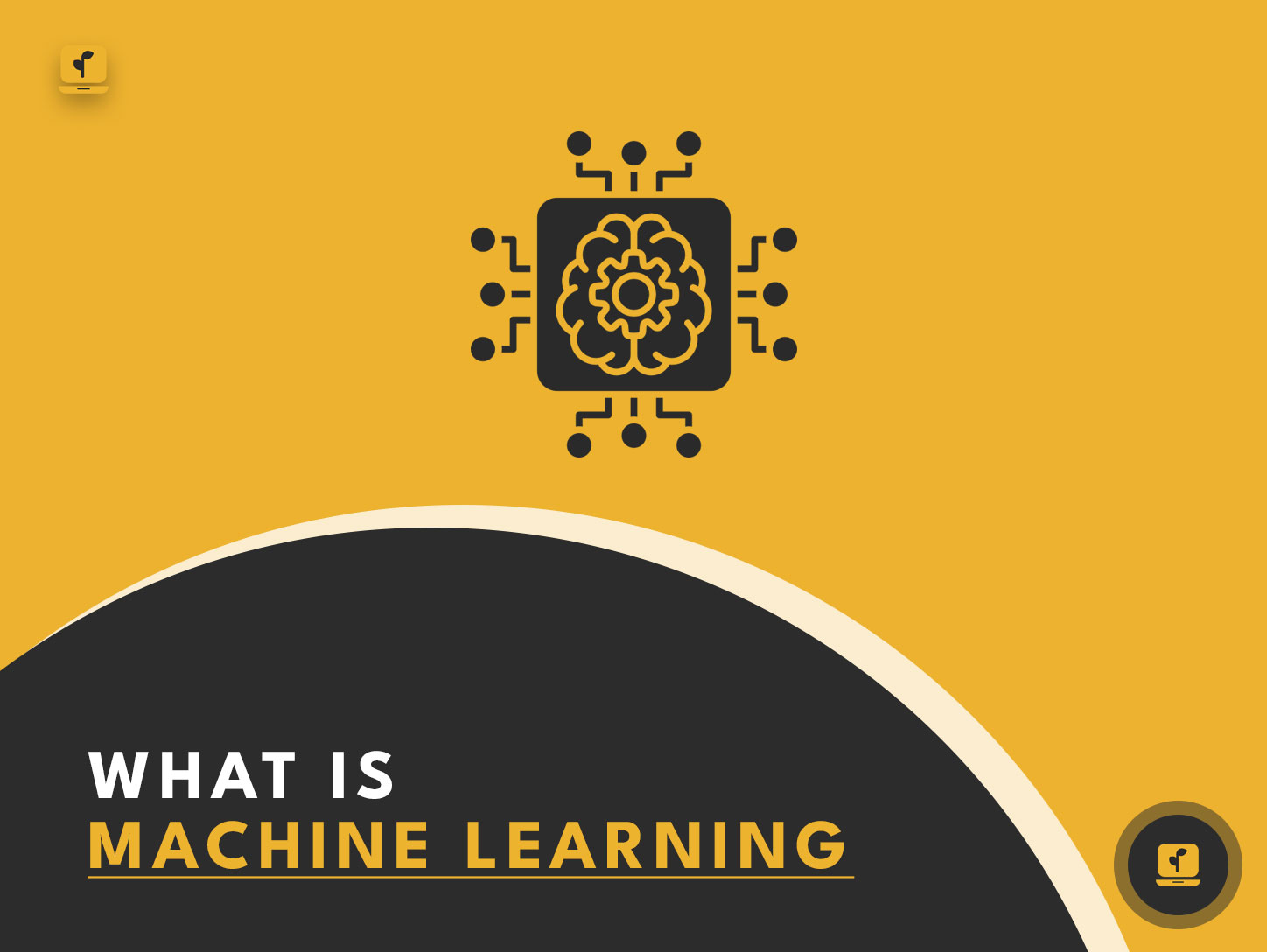In the world of digitalization and advanced analytics, there is no single sector that has been more impacted than the automotive industry. This industry has been forced to adopt new technology at breakneck speeds in order to remain competitive.
Table of Contents
With the rise of self-driving cars, the demand for high-level AI has never been higher. Thankfully, this is one vertical where both major tech platforms – as well as niche specialist companies – have had access to an abundance of suitable technologies. Companies like Google, Apple, Microsoft and Amazon have all made significant investments in their respective ML departments.
In some cases, they have even hired leading experts from academia. The result? Automotive companies are now leveraging these technologies to manufacture future-proof products that are safer and more convenient than ever before. In this blog post we will explore the current applications of machine learning in the automotive industry, discuss its potential future applications and identify key players who are driving this trend forward.
What is Machine Learning?
Much like with computers, humankind can now use algorithms to make decisions. Algorithms are simply rules that govern the behaviour of computers. However, unlike computers, algorithms can be used to make decisions based off of all the information they have, including past data. This is what makes them so powerful and useful for businesses.
Machine learning is simply the use of algorithms in order to make predictions on data. In other words, it’s about using data to make predictions. Since data can be seen as the ‘currency’ of the AI industry, it’s no wonder why it’s such a popular field of study when it comes to improving products.
How does Machine Learning work in the automotive industry?
Machine learning applications vary depending on a variety of factors. This includes the type of data that’s available as well as the type of goals and metrics that are being used. However, the key to success with this type of technology lies in the type and quality of data that’s being used. Ideally, the data set used to train the algorithm has to be as large and diverse as possible.
As the AI model is being trained, it’s also possible to measure how well it’s performing. This is done by comparing the AI model’s performance with that of a ‘model baseline.’ This can help to determine how well the AI is doing compared to the baseline. With this information, it’s also possible to identify any issues that need to be addressed in order to improve the overall performance of the model.
Benefits of using ML in the automotive industry
An explosion of data can be both a blessing and a curse for businesses. With so much information to go through, businesses can often find themselves drowning in data. This can often lead to decision paralysis, as well as a lack of relevant insights. Machine learning is a great way to overcome these challenges. In fact, it can also help to dramatically reduce operational costs for businesses.
ML can help to reduce the number of people required to operate a business. This is because AI can be used to perform tasks like analyzing data, identifying patterns and making predictions. The result? Less need for human managers whose role is often to oversee, monitor and oversee the performance of their teams.
Key challenges with ML in the automotive sector
One of the most compelling reasons to leverage machine learning in the automotive sector is the potential to drastically reduce the number of accidents. AI is already being used to predict when a driver might lose control of their vehicle. This can be used to either warn the driver or take control of the vehicle to avoid an accident altogether.
Moreover, it’s also possible to leverage the power of machine learning in order to identify critical vehicle components and determine the likelihood of them breaking down. This can be a great help for auto repair businesses.
Where will ML take us next?
The future of machine learning looks incredibly exciting for the automotive sector. This is especially true when considering the convergence of autonomous driving and virtual reality.
As we become more accustomed to the idea of sharing our driving experience with others in the form of autonomous cars, the potential for new types of VR experiences will become clear. It’s possible that we will see more advanced VR experiences that combine AI with real-world visuals in order to truly immerse users into the experience.
There’s also no question that machine learning will continue to play an important role in helping cars make sense of their surroundings and avoid hitting obstacles. This can greatly reduce the likelihood of accidents occurring and help to improve the overall safety of the roadways.
Conclusion
The automotive industry is one of the most innovative sectors in the world. It constantly challenges the status quo by making advancements in new and unexpected ways.
Machine learning is at the core of these advancements. It’s an exciting time to be in the automotive sector as companies look to leverage this type of technology to further enhance the driving experience.











